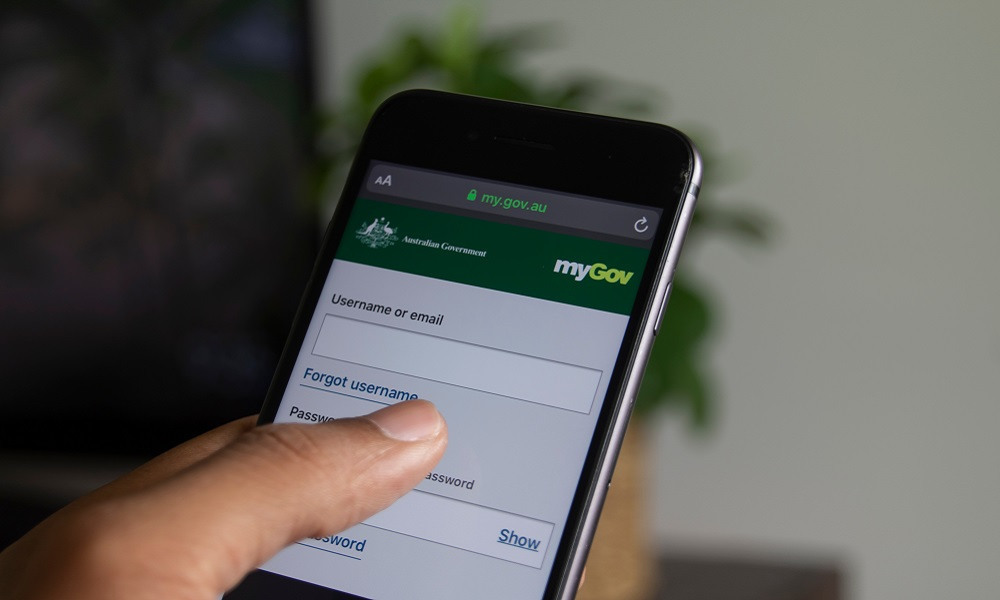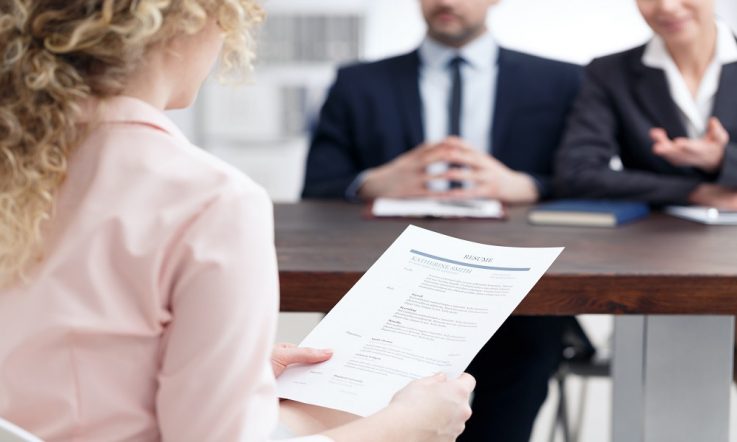The COVID-19 pandemic has meant that more people have been working from home than ever before, including educators. So as we begin preparing our 2019/2020 tax returns, are there any new things we should be considering when working out what we can and can't claim for? Teacher spoke to Australian Taxation Office (ATO) Assistant Commissioner Karen Foat to find out more.
Working from home during COVID-19
Many educators have been teaching remotely due to the COVID-19 restrictions. What are some expenses teachers can claim for when working from home?
This year we expect to see an increase in working from home claims, but would remind teachers to check any other claim they may be making to ensure they are not claiming for expenses that they are not incurring while working from home e.g. classroom supplies.
To support everyone working from home during the period from 1 March to 30 June 2020, the ATO has implemented a new shortcut method to calculate the additional costs of working from home. The new shortcut method allows people, including teachers, who are incurring some form of expense as a result of working from home due to COVID-19 to claim a rate of 80 cents per hour worked at home. To claim using this method you must keep a record of the hours worked from home. This may be in the form of a timesheet or diary.
While working remotely, some teachers will have incurred costs to buy more furniture, upgrade their subscriptions to things like digital storage, and their electricity and phone bills. How can they go about claiming for these things?
The shortcut method covers all working from home expenses, including internet. No other separate expenses can be claimed as a deduction for working from home expenses if this method is used. For example, if a teacher has purchased digital storage, antivirus subscriptions, portable whiteboards, headsets etc. during the period they have worked from home and they use the shortcut method, they will not be able to claim the cost of those items separately. They will only be able claim 80 cents for each hour worked at home as a deduction.
If they don't want to use the shortcut method, teachers can still use one of the existing methods to calculate their additional running expenses if they prefer. These methods are:
- fixed rate method – which allows you to claim
- a rate of 52 cents per work hour for heating, cooling, lighting, cleaning and the decline in value of office furniture
- the work-related portion of your actual costs of phone and internet expenses, computer consumables, stationery
- the work-related portion of the decline in value of a computer, laptop or similar device.
- actual cost method ─ claim the actual work-related portion of all your running expenses, which you need to calculate on a reasonable basis.
For more information on how to calculate and claim a deduction under the actual cost method or fixed rate method, and the records a teacher will need to keep, see Home office expenses.
If teachers are claiming working from home expenses for periods prior to 1 March 2020 they must use either the fixed rate method or the actual cost method – the new shortcut method cannot be used for these expenses.
Personal items like laptops, tablets or desktop computers may have depreciated in value during this time. Could you explain how depreciation works on items like these and what percentage teachers can claim back?
If an item costs less than $300 and is used solely for work purposes, a teacher can claim a deduction for the whole cost in the year it was purchased. For example, if a teacher purchased a portable whiteboard, digital storage or an antivirus subscription to use while working from home and it cost less than $300, the full purchase price could be claimed as a deduction. However, if an item costs more than $300, they cannot claim the total cost up-front.
Instead, they need to allocate the cost of the item over its effective life (which might be several years) and work out how much it declined in value this year. They also need to work out what proportion of usage was for work, and what proportion was personal.
Teachers who use items such as a personal laptop, tablet or computer (depreciating assets) may be able to claim a deduction for its decline in value. To calculate the decline in value of an item a teacher must:
- Have written evidence which shows – the name or business name of the supplier; the cost of the item; the nature of the item; the date the item was purchased; and the date the written evidence was produced
- Determine the effective life of the asset
- Calculate the work-related use and private use of the item
- Have evidence to show how the decline in value was calculated.
When determining the private use of the depreciating assets, any use of the item by other members of a teacher's household, along with the teacher's private use of the item, must be taken into account. For example, if the teacher's spouse or children also use the computer for work, school etc., that time must be accounted for when determining the teacher's work-related and private use.
A depreciating asset starts to decline in value from when it is first ready for use. Accordingly, if a teacher already owns the item they are using for work purposes they will need to depreciate it from when it was first purchased and used. Once the decline in value has been calculated, only the work-related portion can be claimed as a deduction.
However, teachers need to remember that if they choose to use the shortcut method to calculate their working from home expenses, they will not be able to claim a deduction for the decline in value of depreciating assets they use for work while they are working from home. This includes those depreciating assets that cost less than $300.
Other common expenses
What are some common expenses that teachers can claim for at tax time?
Some of the common work-related expenses a teacher may be entitled to claim a deduction for includes their work-related phone usage and work-related home office expenses (including internet).
They may be entitled to claim a deduction for excursions and school camps that have an educational benefit related to the curriculum, where the teacher had to pay their own expenses; or first aid courses if they are the designated first aid person; or seminars that relate to their work as a teacher or education professional.
They may also be able to claim for protective items and equipment such as sunscreen, sunglasses and sun hats worn while they are working to protect them from the risk of illness or injury because their duties require them to spend prolonged periods outdoors, teaching aids or union and professional fees.
Remember, for a teacher to claim a work-related expense, they need to satisfy the following:
- They must have spent the money and not been reimbursed
- It must be directly related to earning their income
- They must have a record to prove it
- If the expense is used for work-related and private purposes, only the work-related portion of the expense can be claimed as a deduction.
What are some common things teachers try to claim each year but shouldn't?
We sometimes see incorrect claims for private expenses such as: clothing purchased to wear while working, travelling between their home and their school (this still cannot be claimed even if the teacher is working from home due to COVID-19 restrictions), lunch costs incurred on school excursions, claiming the full cost of items (like sunglasses) even though they are usually worn outside of work, tolls and parking costs related to travelling from home to work, travelling to purchase items for work, yoga or fitness expenses, pay TV, flu shots, and gifts for students or meeting a student's personal expenses (for example the cost of a student's lunch or an excursion).
Self-education expenses
For teachers who undertake professional learning or take additional courses or qualifications, can they claim the cost of this self-education on their tax?
Self-education expenses are deductible where the course leads to a formal qualification. The course must also have a sufficient connection to the teacher's current work duties and:
- Maintain or improve the specific skills or knowledge a teacher requires
- Result in, or be likely to result in, an increase in income from teaching
Self-education expenses for a course won't be deductible if it is only generally related to a teacher's duties or it enables a teacher to get new employment.
Record keeping and tracking
What advice do you have for teachers for the coming 12 months in terms of record keeping that will make the process easier for them next year?
The ATO wants to make it easier for everyone to keep good records. Download the ATO app and use the myDeductions tool to take photographs of your receipts. It is easier to do this as you spend the money, rather than keeping receipts in a shoebox under the bed. At tax time you can upload these records to myTax if you choose to self-prepare, or send directly to your tax agent.
For more information on what teachers can and can't claim see, Teachers and education professionals – income and work-related deductions.



